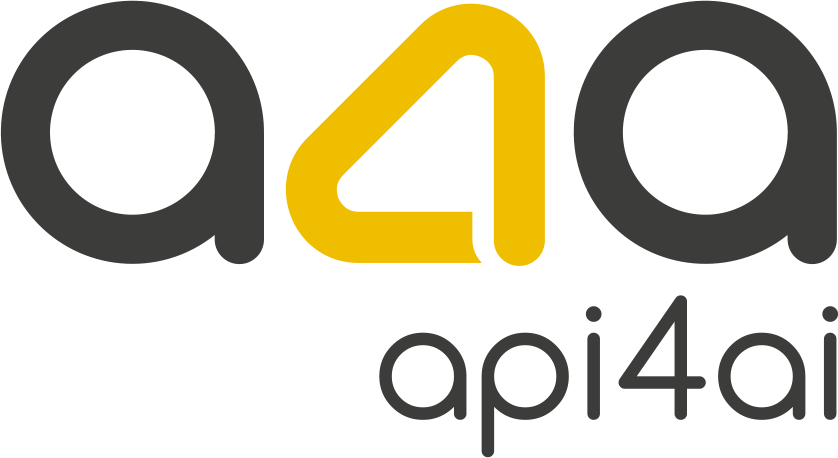
Counterfeit Watchdogs: Logo Forensics on Resale Sites
In the fast-growing world of luxury resale, every product photo is a new battleground for trust. As peer-to-peer marketplaces surge, counterfeiters are matching pace — deploying ever-more sophisticated fakes that slip past human moderation and threaten brand equity at scale. For C-level leaders, this is no longer just a compliance challenge but a strategic imperative. Today, automated logo forensics powered by AI is emerging as the frontline defense, delivering sub-second authenticity checks that outpace fraudsters, protect revenue, and fortify consumer confidence. This post explores how advanced image recognition—integrated seamlessly into listing workflows — can transform counterfeit risk from a persistent liability into a source of competitive advantage for brands and platforms alike.
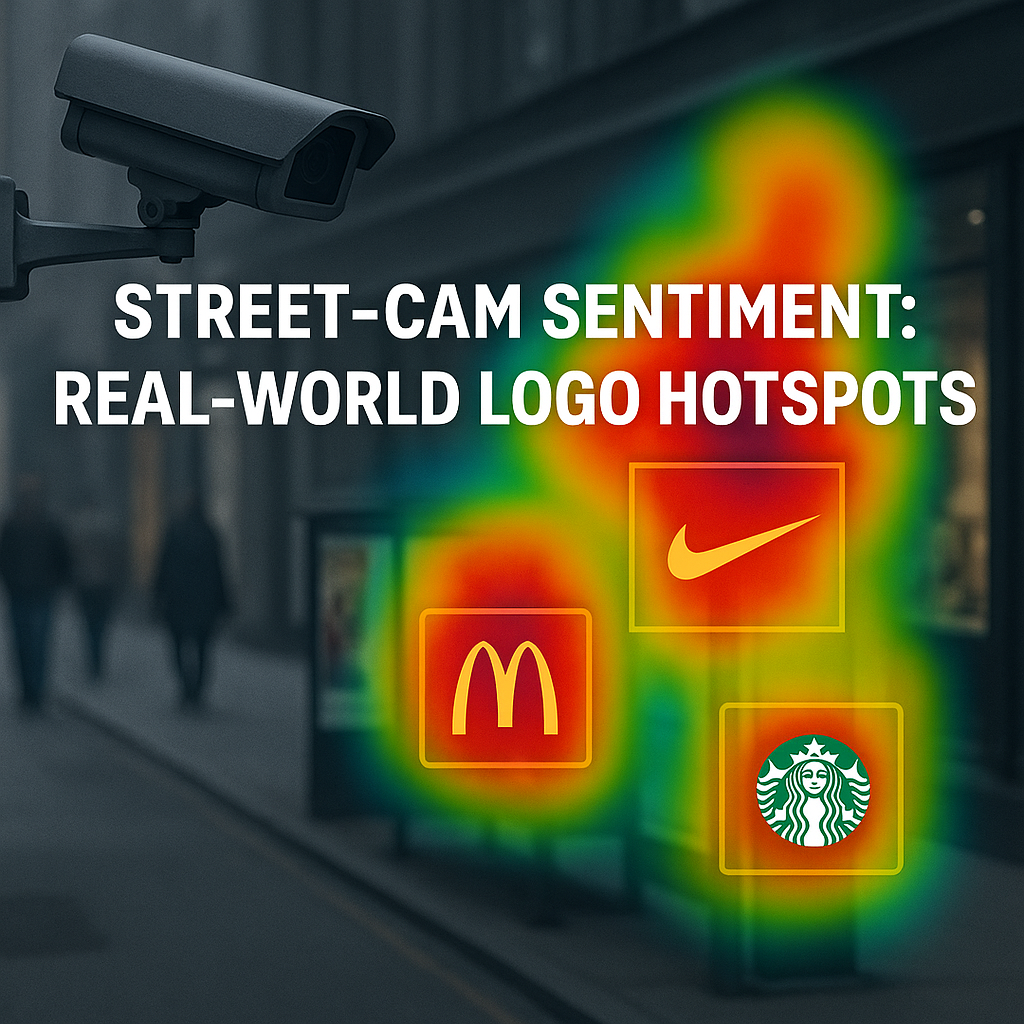
Street-Cam Sentiment: Real-World Logo Hotspots
As urban landscapes become saturated with brand messages, a new wave of AI-powered analytics is transforming city cameras into real-time barometers of logo visibility and competitive presence. Modern computer vision now enables marketers and executives to map exactly where — and how often — their brands or rivals appear on bus stops, murals, and storefronts across the city. These actionable heatmaps empower data-driven decisions in out-of-home media buying, neighborhood activations, and strategic resource allocation. Discover how street-level video intelligence is turning every sidewalk sighting into a C-suite advantage in the next era of location-based marketing.
Eco-Logos Under the Lens: Tracking Sustainability Badges
Sustainability badges and eco-logos are rapidly reshaping the business landscape, moving from simple marketing visuals to powerful, auditable assets for brand trust and compliance. As green seals and recycled icons multiply across campaigns, executives face new pressures to verify authenticity, manage regulatory risk, and quantify the true impact of their sustainability storytelling. This article explores how automated logo recognition technologies are transforming every “green” pixel into board-ready metrics—empowering brands to track, benchmark, and defend their environmental commitments with unprecedented precision. For C-level leaders, mastering this new era of visual ESG proof points isn’t just about reputation — it’s about securing long-term value and staying ahead of the competition.

Esports Logo Analytics: Beyond Streamer Shout-Outs
As esports commands global audiences rivaling the NBA and Champions League, sponsorship strategy is entering a new era of transparency. Traditional shout-outs and impression counts can no longer justify seven-figure investments. Today’s leading brands demand hard metrics — precisely how long, where, and how often their logos appear on screen. Thanks to AI-powered logo analytics and frame-by-frame exposure tracking, executives can now translate every second of digital visibility into actionable business intelligence. This article explores how advanced computer vision unlocks measurable ROI, empowers data-driven negotiation, and gives brands a clear edge in the rapidly evolving world of competitive gaming.

Trust by Seeing: How Consistent Visuals Build Brand Credibility
In the digital marketplace, trust is built in seconds — and visuals lead the way. With 78% of shoppers researching brands on social media before buying and visual posts driving 10× more engagement than text, consistent imagery is no longer a design choice but a strategic imperative. From logos in user-generated content to polished ad campaigns, every visual touchpoint shapes credibility. Modern AI-powered detection tools now make it possible to enforce brand consistency at scale, ensuring that trust is not left to chance but actively managed as a core business advantage.
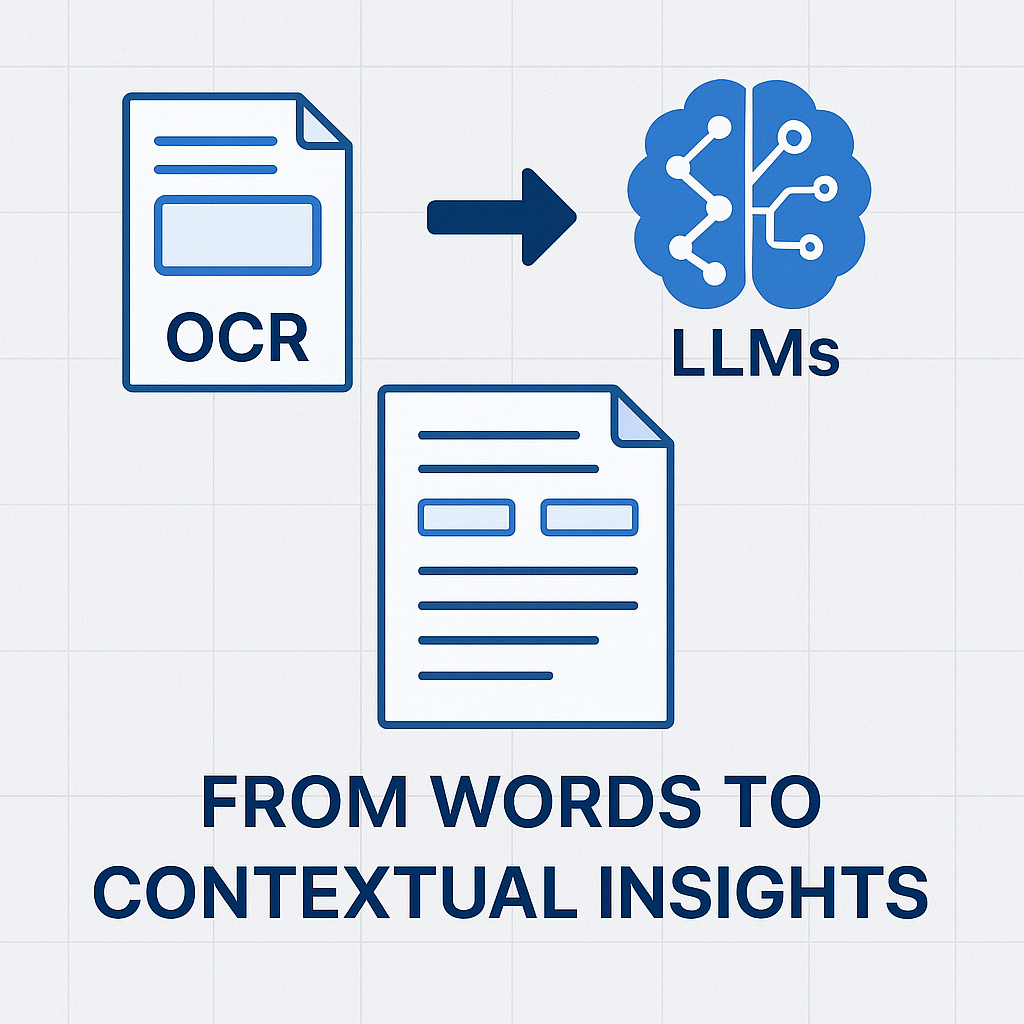
OCR + LLMs: From Words to Contextual Insights
Enterprises have long relied on OCR to digitize paper, but raw text alone offers limited business value. Today, the real transformation comes from pairing OCR with Large Language Models (LLMs). This hybrid approach not only extracts words but also interprets their meaning, identifying key-value pairs, mapping document structures, and attaching confidence scores. Contracts, forms, and reports can now be turned into analytics-ready data streams — delivering faster insights, reducing compliance risk, and enabling strategic agility. For executives, OCR+LLM pipelines are not just a technology upgrade, but a catalyst for smarter, more resilient decision-making.

Smart Data Capture: OCR That Thinks for You
Smart data capture is reshaping the way businesses collect and act on information. No longer limited to scanning and storing documents, today’s intelligent OCR integrates with barcodes, object detection, and real-time analytics to deliver decision-ready insights at the moment of capture. For executives, this means faster operations, stronger compliance, and a sharper competitive edge. By turning every scan into an opportunity for action, organizations can reduce costs, accelerate revenue, and build resilience in an increasingly dynamic market.
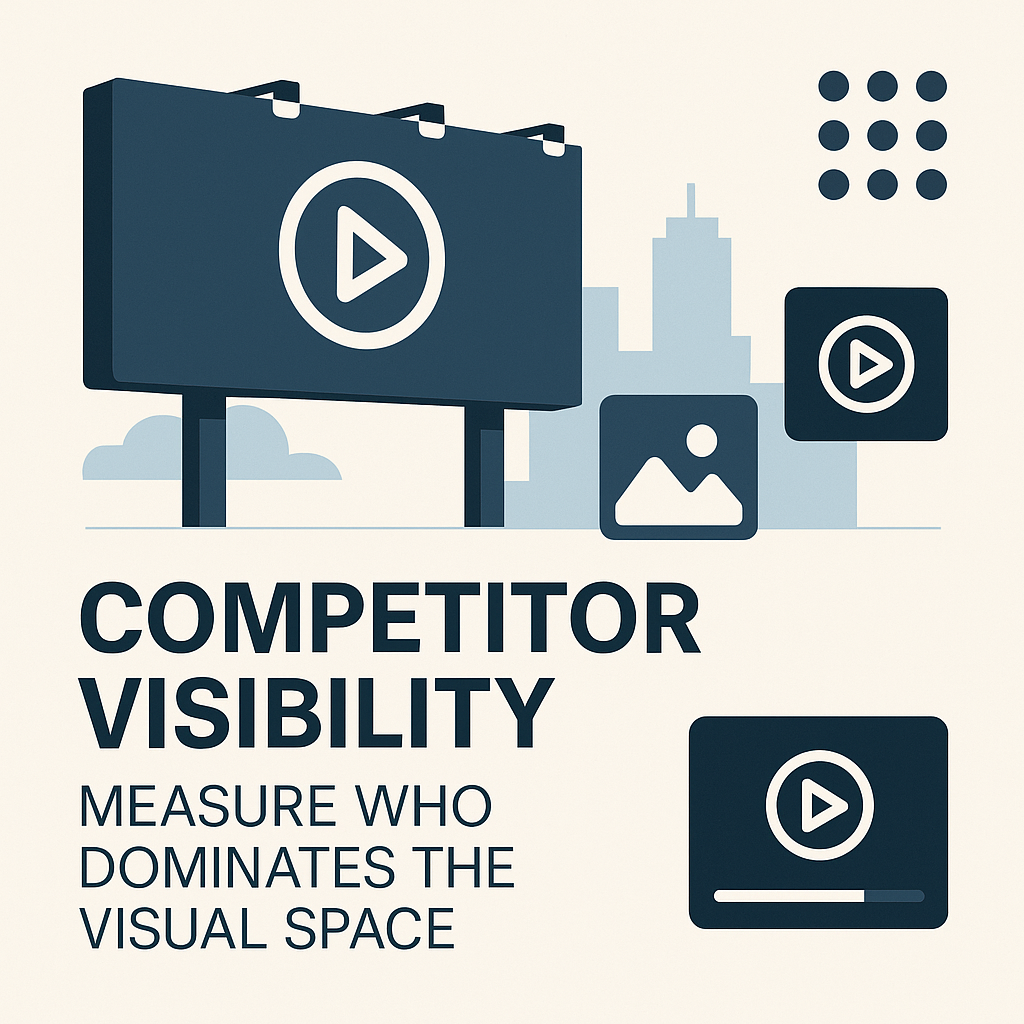
Competitor Visibility: Measure Who Dominates the Visual Space
Most companies measure competitor activity through text — mentions in articles, posts, or reports. But in today’s visual-first world, that approach misses a critical layer: what audiences actually see. Logos on stadium banners, product placements in livestreams, and brand appearances in fan photos often go untagged, yet they shape perception and recall more than words ever could.
This blog explores how executives can close that gap with visual intelligence. By tracking Visual Share of Voice — the frequency and prominence of brand logos across images and video — leaders gain quantifiable metrics to validate sponsorship ROI, benchmark competitors, and manage reputational risks. With tools like brand recognition APIs, organizations can move beyond guesswork and anchor boardroom decisions in evidence.
In a marketplace where visibility drives influence, the brands that measure what’s truly seen — not just what’s written — will hold the competitive edge.

Creative Alchemy: AI Sorts by Brand, Fast
In influencer marketing and brand partnerships, creative teams face an unexpected bottleneck: the hours lost manually sorting photos to see where logos, products, or merchandise appear. What should be a quick review often turns into days of repetitive work — slowing reporting, draining creative energy, and limiting campaign agility.
Artificial intelligence changes the game. With AI-powered brand detection, logos and products are automatically identified across thousands of images, even when partially obscured or captured in less-than-perfect conditions. Campaign assets are instantly tagged, searchable, and ready for analysis — freeing teams to focus on strategy and storytelling instead of file names and folders.
For executives, the value extends beyond efficiency. Faster content processing fuels stronger reporting, enables real-time campaign pivots, and boosts discoverability in both search engines and emerging generative platforms. In short, AI transforms routine image management into a source of strategic advantage — unlocking what we call creative alchemy.
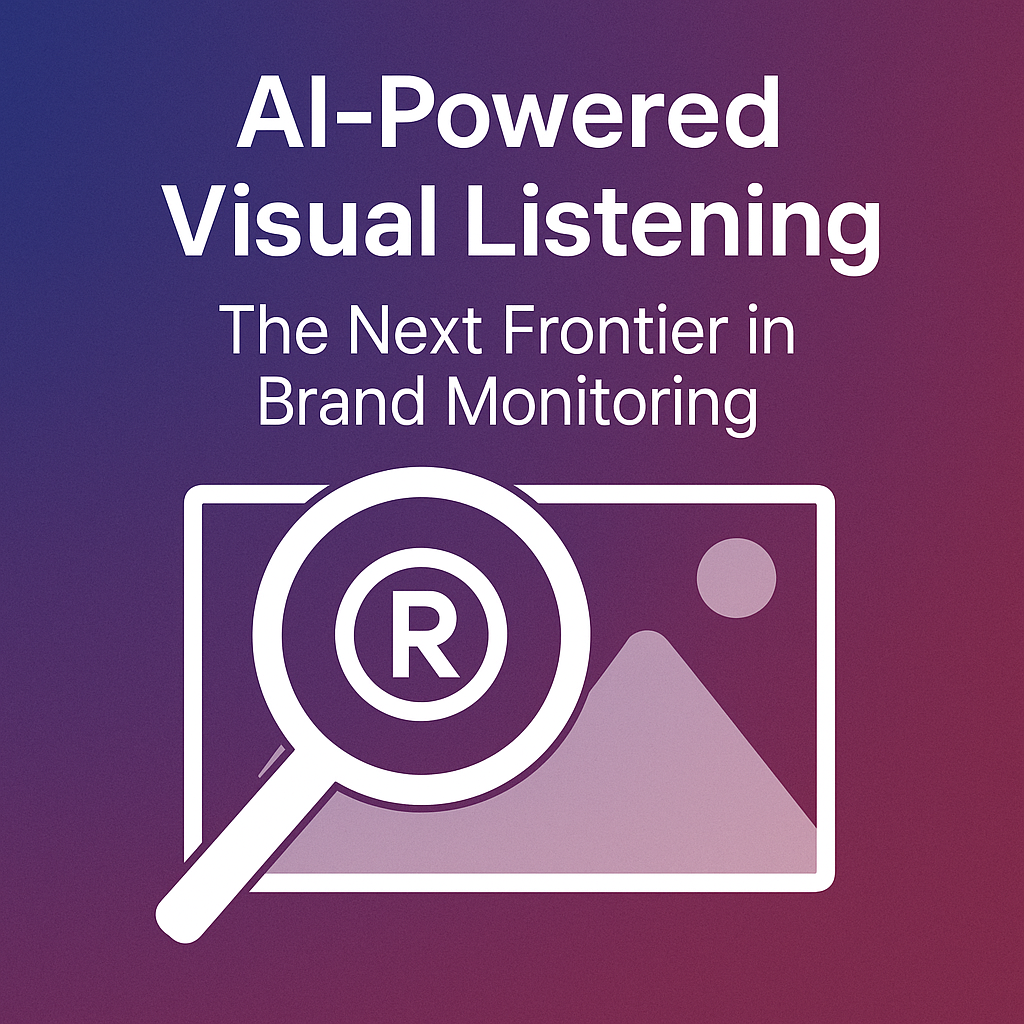
AI-Powered Visual Listening: The Next Frontier in Brand Monitoring
Traditional brand monitoring tools focus on text — hashtags, captions, and mentions — but today’s audiences communicate visually. From event photos and livestreams to TikToks and news broadcasts, the majority of brand exposure happens without a single word attached. These silent impressions create a massive blind spot in how enterprises measure marketing ROI, sponsorship value, and brand safety.
AI-powered visual listening fills this gap. By using logo detection and computer vision, businesses can uncover hidden visibility, calculate true visual share of voice, and gain competitive intelligence previously out of reach. For executives, this shift represents more than a technology upgrade — it is a strategic imperative to align brand monitoring with the way consumers actually experience brands: through images, videos, and pixels, not text.

Measuring Brand Visibility in Esports Streams
In esports, sponsorship success isn’t about where your logo sits — it’s about when and how often it’s seen in the heat of the match. Fast camera cuts, shifting player views, and unpredictable gameplay make traditional exposure estimates unreliable. AI-powered logo detection changes the game, delivering frame-by-frame visibility metrics across every stream and platform. For executives, this turns sponsorship from a gamble into a measurable asset — one that strengthens negotiation power, optimizes placement strategy, and maximizes ROI in one of the world’s fastest-growing entertainment markets.

Sharper Inspections & Appraisals: Focus on the Vehicle
Messy lots, glare, and inconsistent angles turn vehicle photos into arguments. This post shows how background removal for cars — paired with guided angles and zero-retouching automation — converts everyday shots into decision-grade evidence. The result: faster appraisals and claims, fewer disputes at rental turnbacks, tighter price bands across rooftops, and an audit trail legal can defend. You’ll see a pragmatic pipeline (capture guidance → vehicle-aware background isolation → panel crops → VIN/plate OCR → anonymization → like-for-like comparison) and a delivery playbook that balances speed and control. Start small with ready-to-use APIs — e.g., API4AI’s Car Image Background Removal API, plus OCR, object detection, and image anonymization — and blend in custom models where your taxonomy becomes a moat. For C-level leaders, the promise is straightforward: standardize inputs, compress cycle times, reduce leakage, and scale consistent decisions without adding headcount. Put the vehicle — not the background — on trial.
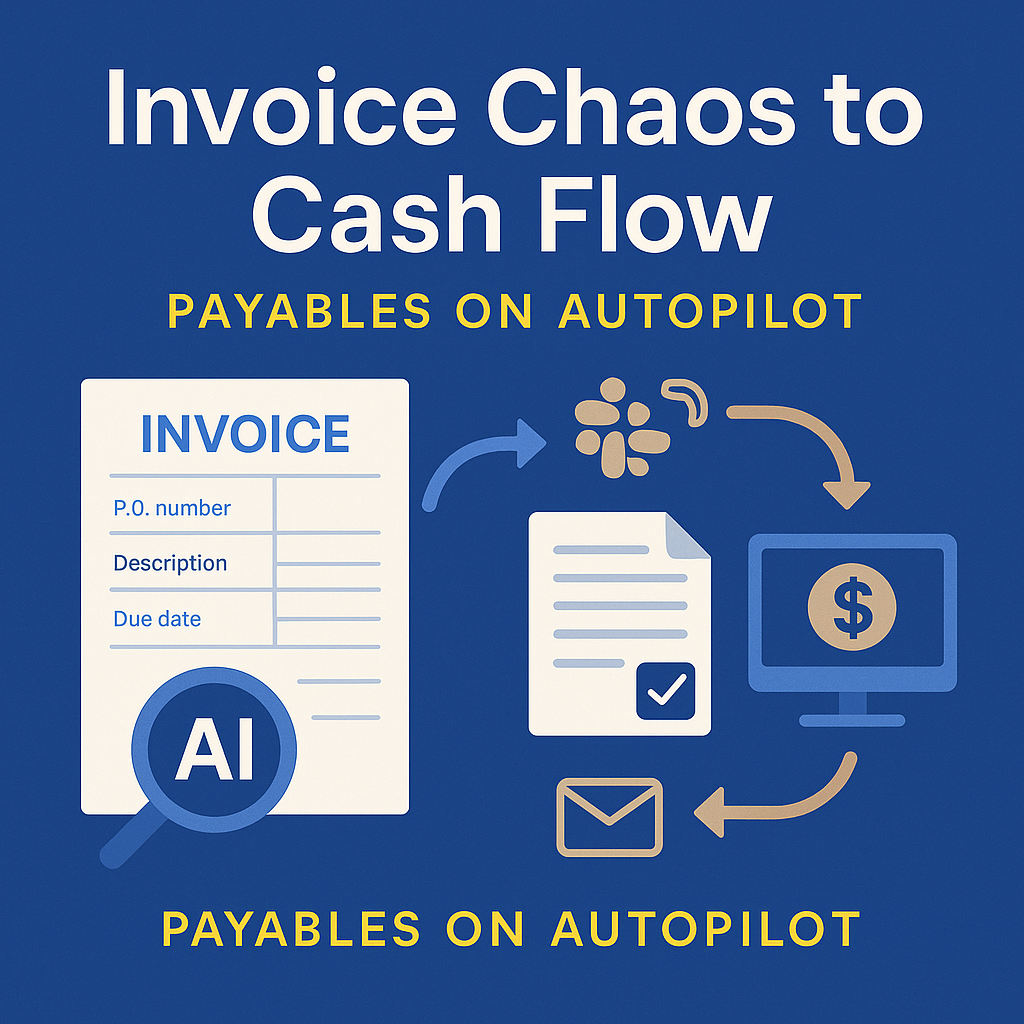
Invoice Chaos to Cash Flow: Payables on Autopilot
Manual invoice processing is more than a back-office burden — it’s a silent drain on cash flow, efficiency, and strategic visibility. This post explores how AI-powered OCR and automated workflows can transform accounts payable from a chaotic, error-prone function into a real-time, touchless system. Discover how finance leaders are cutting costs, capturing early-payment discounts, and gaining complete control over spend — without reinventing their tech stack.

30-Second Onboarding: IDs to CRM Automatically
In the era of digital impatience, onboarding isn’t just a UX concern — it’s a C-level priority. This post explores how AI-powered document processing can turn a photo of a passport or utility bill into a verified CRM record in under 30 seconds. The result? Lower CAC, faster revenue recognition, and a frictionless first impression that sets the tone for long-term customer value.
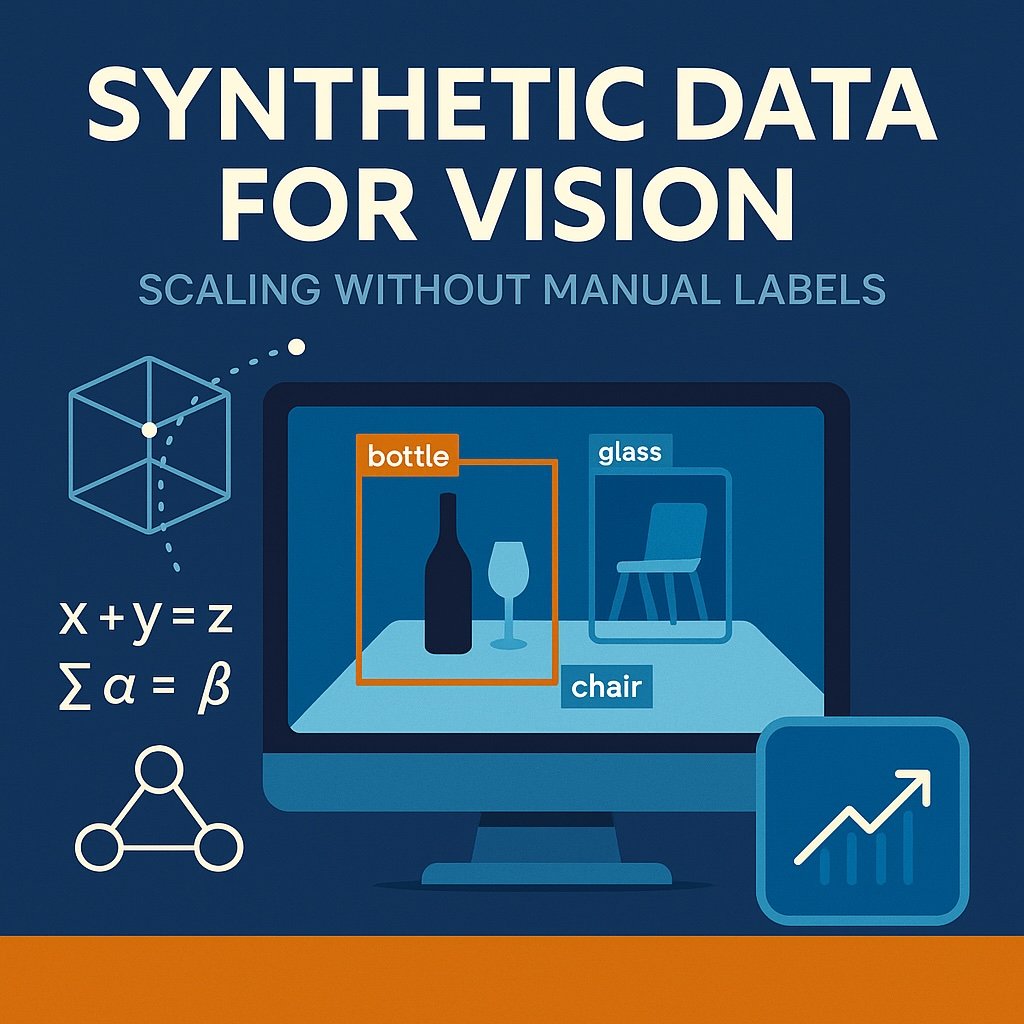
Synthetic Data for Vision: Scaling Without Manual Labels
Manual data labeling is one of the most expensive and time-consuming barriers to scaling computer vision — and it's no longer sustainable. Synthetic data offers a smarter alternative: algorithmically generated images with built-in annotations, enabling faster model development, lower costs, and full compliance with modern data privacy regulations. In this article, we explore how synthetic data is transforming industries like retail, manufacturing, and mobility, and why forward-thinking executives are adopting it as a core component of their AI strategy.

Build or Buy: How to Make the Right Choice
In today’s fast-paced digital landscape, organizations are under growing pressure to adopt AI-powered image processing. But when it comes to enabling computer vision capabilities, should you build a custom solution or buy a ready-made API? This post explores the strategic trade-offs, key decision criteria, and hybrid approaches that can help you make the right choice — faster, smarter, and with long-term value in mind.
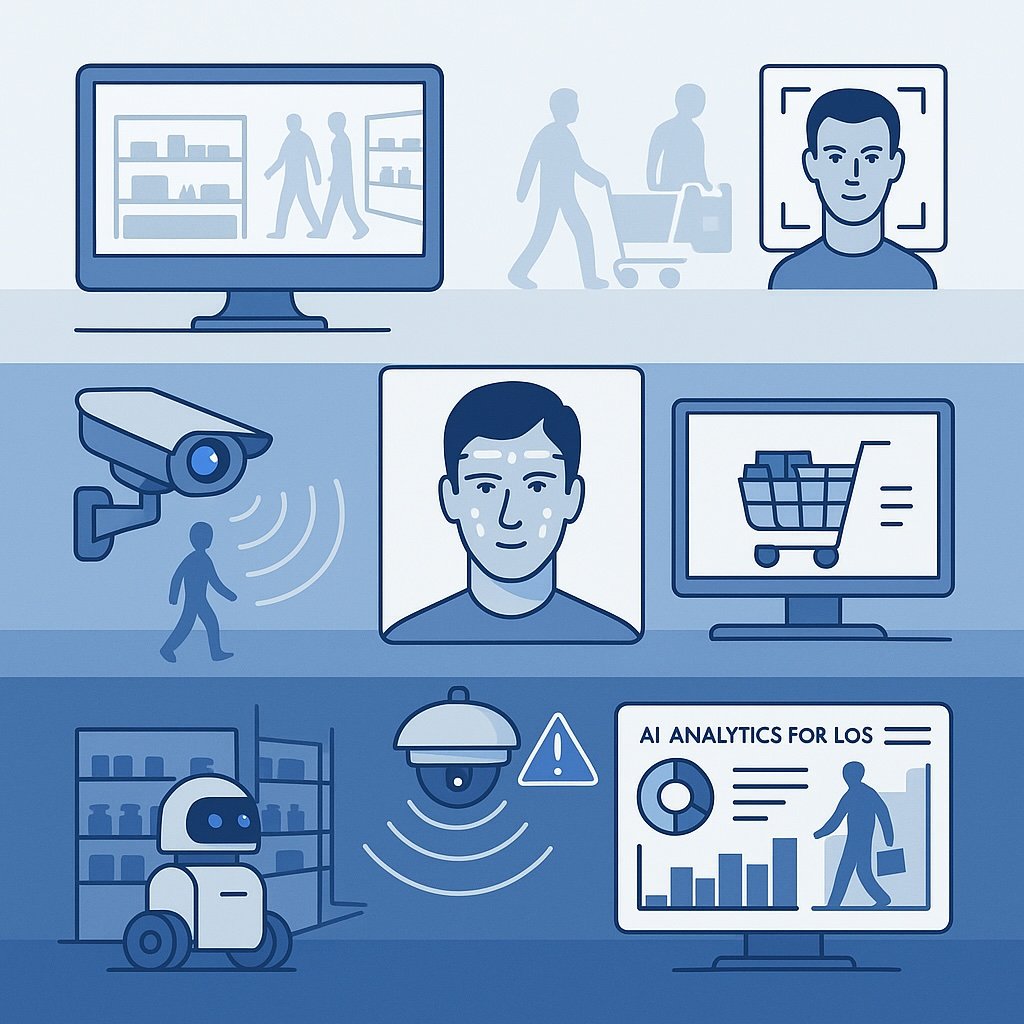
Computer Vision: Milestones, Trends & Future Insights
Computer vision has rapidly evolved from a research topic into a powerful business tool. In 2025, it's reshaping industries like retail, manufacturing, insurance, and content moderation by transforming images into actionable insights. This post explores the key milestones in computer vision's history, the six biggest trends driving its growth today, and a clear strategy for adopting vision technologies — from ready-to-use APIs to custom-built solutions. Whether you're looking to streamline operations, enhance customer experience, or gain a competitive edge, this guide will help you understand how to turn pixels into profit with AI-powered image processing.
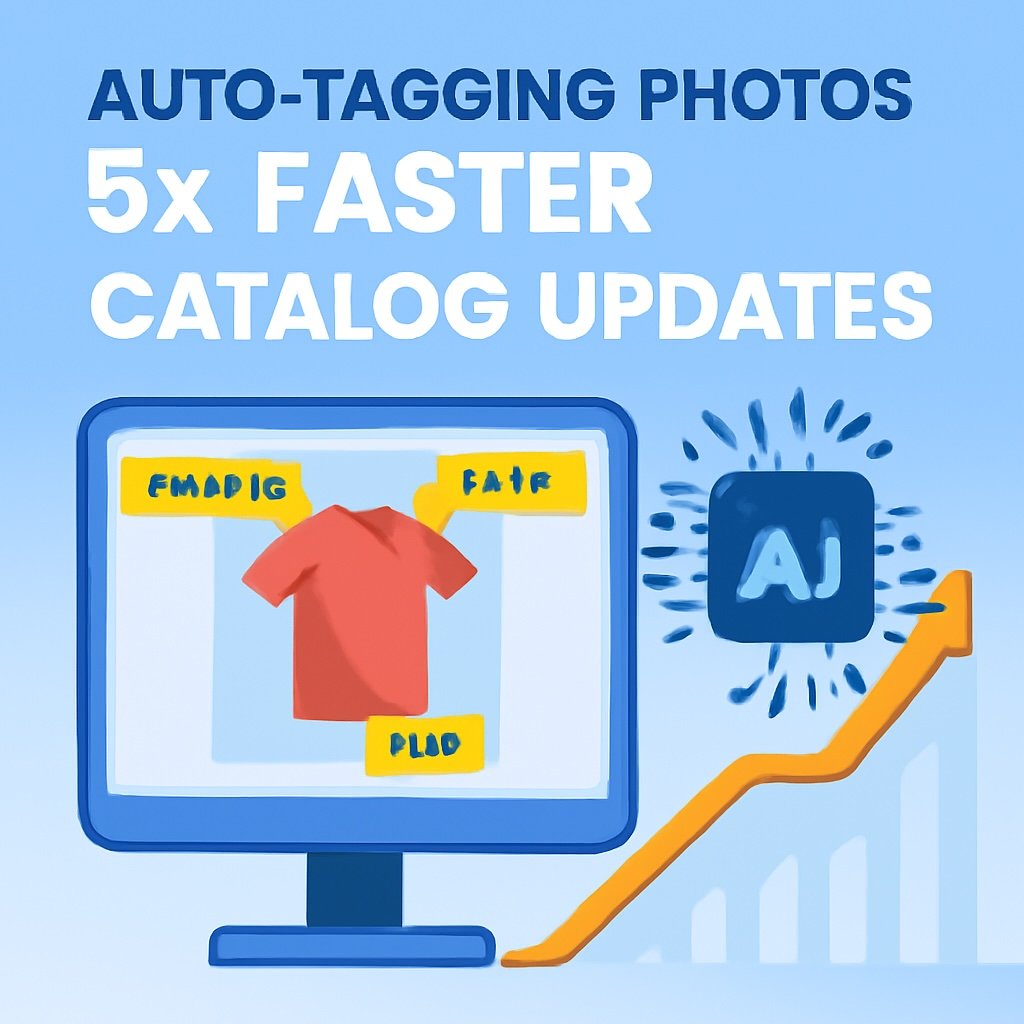
Auto-Tagging Photos: 3× Faster Catalog Updates
In the fast-paced world of e-commerce, keeping product catalogs updated quickly and accurately is key to staying competitive. Manual image tagging can slow down catalog updates, leading to missed SEO opportunities and frustrated customers. AI-powered auto-tagging offers a game-changing solution by automating the process, making catalog updates up to 3x faster. This not only boosts SEO rankings and improves customer experience but also reduces operational costs. As AI continues to evolve, it brings even more benefits, such as advanced recognition capabilities and seamless integration across multiple sales channels. In this post, we explore how AI-driven auto-tagging can help businesses enhance efficiency, increase visibility, and drive growth in the digital age.

Instant Age Verification for Online Sales
Age verification doesn’t have to slow down your sales. With AI-powered selfie-and-ID matching, online stores can approve age-restricted purchases in seconds—no manual review needed. This means faster checkouts, fewer abandoned carts, and full compliance with global regulations. In this post, we break down how instant age verification works, the technology behind it, and how businesses can integrate it using ready-made APIs or custom solutions.

Self-Service Kiosks That Read Documents in Seconds
Say goodbye to long lines and tedious paperwork. Today’s self-service kiosks can read passports, IDs, and forms in seconds — filling in details automatically, reducing errors, and freeing up staff to focus on what really matters: delivering great service. From hotels to airports to HR departments, smart kiosks powered by AI and cloud-based OCR are transforming how businesses handle check-ins, onboarding, and identity verification. In this post, we explore how these systems work, what makes them so effective, and why they're quickly becoming a must-have for modern operations.
